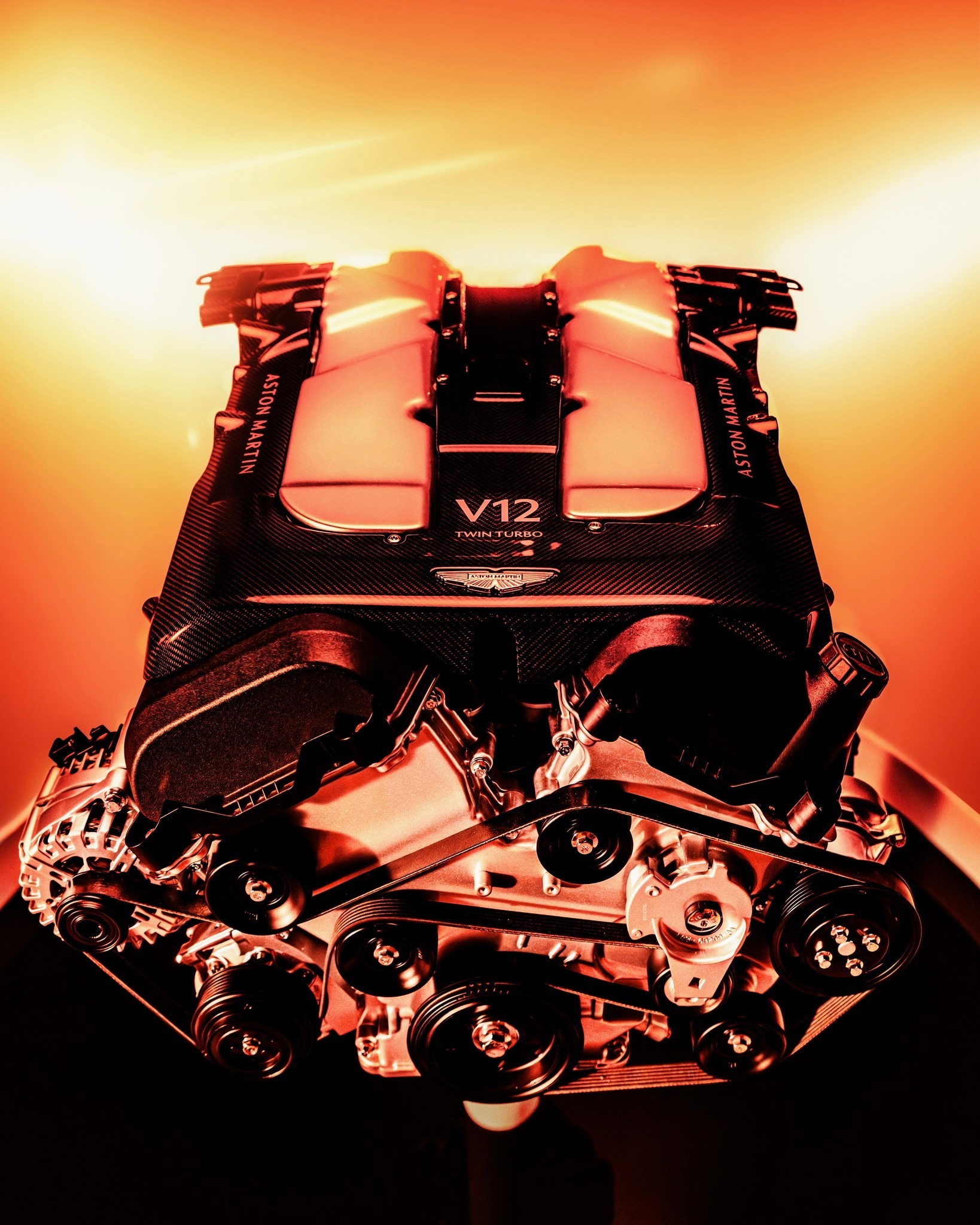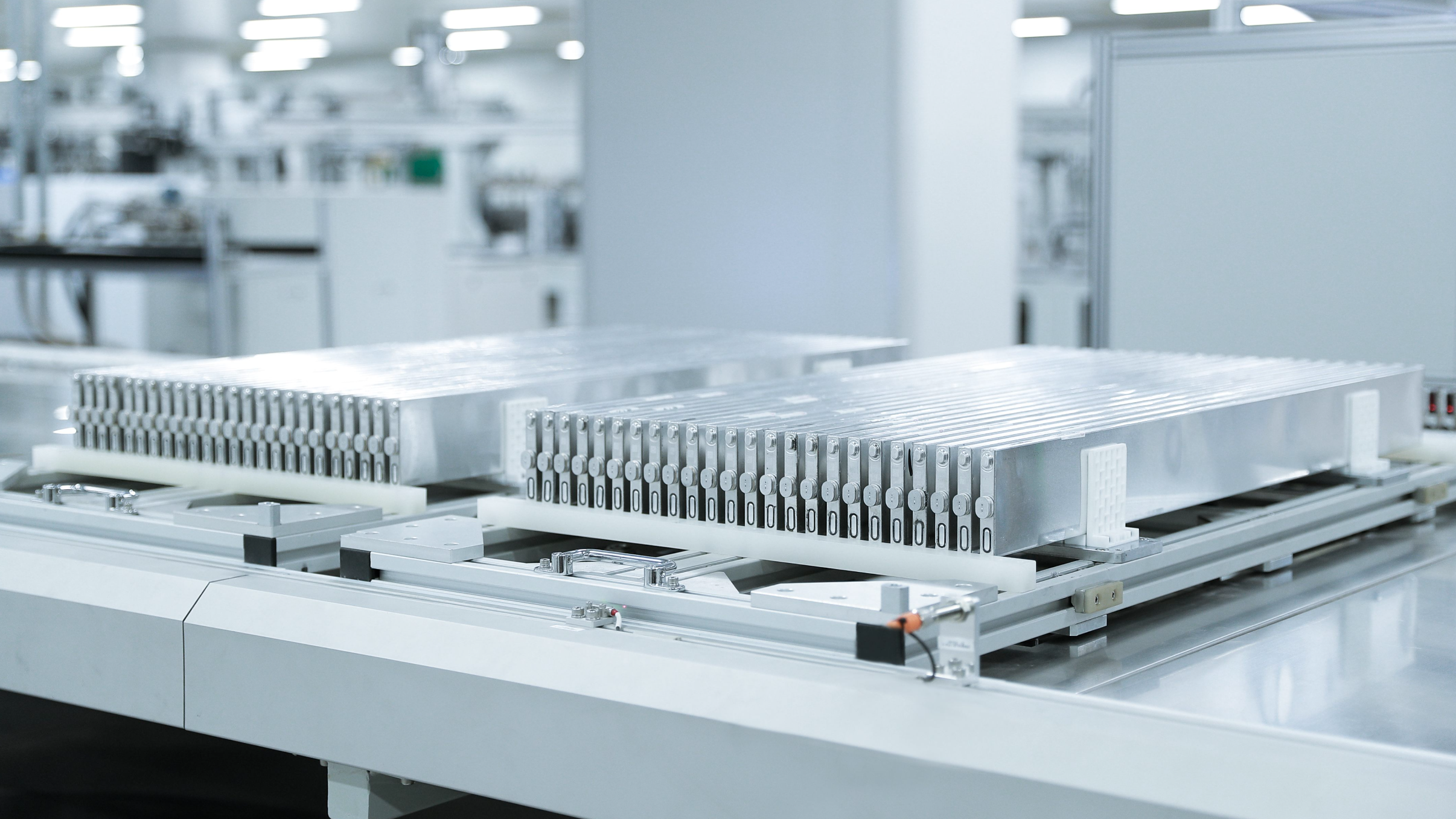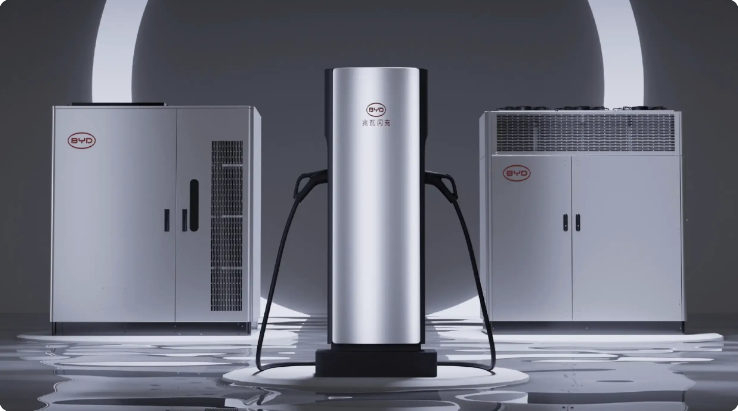The Truth Behind the Automotive Disdain Chain: The Dynamic Dance of Tech Innovators and Traditional Automakers
![]() 04/14 2025
04/14 2025
![]() 331
331
The automotive industry's disdain chain has never been as vocal or intricate as it is today.
On one end, "Huawei, Xiaomi, and Li Auto" cast aspersions on "NIO, XPeng, and Li Auto," while the latter looks down on "the top five domestic brands." The domestic brands, in turn, disdain "joint venture fuel vehicle manufacturers." Huawei and Xiaomi car owners tout the seamless integration of mobile phones, in-car entertainment, and smart homes. New players compete based on the number of monthly OTA updates. Meanwhile, traditional automaker fans lean on the "heritage of a century of vehicle manufacturing" for leverage.
In this frenetic disdain chain, each group seeks its own sense of superiority, unaware that this game has transcended mere product comparisons, morphing into a carnival of identity values.
Automotive Disdain Chain: A Clash Between Tech Nouveau Riches and Traditional Fuel Vehicle Manufacturers
Once upon a time, German cars with "V12 totems" reigned supreme in the disdain chain. Japanese hybrid technology was viewed as a compromise, while domestic cars were labeled as knockoffs, occupying the bottom rung. However, the advent of the new energy era has completely reshaped this hierarchy.

Source: Aston Martin
Whereas the previous disdain chain was pyramid-shaped, the current one is a web of mutual disdain.
Power-wise, Xiaomi SU7 owners disdain fuel vehicles for their superior hundred-kilometer acceleration, while fuel vehicle enthusiasts cling to the belief that "the sound of a V8 engine is the soul," mocking electric vehicles for range anxiety and short battery life, even likening charging stations to modern carriage reins.
In terms of computing power, cross-border automakers like Huawei bombard the market with parameters like 1000 TOPS of computing power and full-city NOA coverage, dismissing BBA's chassis tuning and mechanical precision as relics of the steam engine era. Announcements of "city NOA coverage in 200 cities" or "a 30% increase in daily active user data" stimulate capital nerves far more than winning a German Red Dot Award for chassis tuning, becoming hard currency on fundraising PPTs.
The stacking of technical parameters has supplanted traditional mechanical performance comparisons, with data becoming the core benchmark for measuring automaker strength and defining product value. This is the inevitable outcome of the industry's leap from the "mechanical era" to the "intelligent era."
At most new force brand launches, founders now spend two-thirds of their time listing computing power, sensor counts, and OTA frequencies, barely mentioning chassis tuning. They believe computing power determines everything, akin to consumers a decade ago being superstitious about horsepower.
When traditional automakers counterattack, they showcase "five-star collision test ratings" and "craftsmanship spirit" to regain their voice.
Even more absurdly, a BYD Han owner may mock Tesla's "barebones interior," only to be seen by Tesla owners as "no different from an online car-hailing service vehicle." In short, everyone disdains everyone else.

Source: Tesla
Even those within the automotive industry have formed a job "disdain chain."
On professional networking platforms, automotive practitioners generally agree that the job-seeking preference order is: first- and second-tier new automakers, new brands incubated by traditional automakers, traditional OEMs, and third-tier new automakers. Autonomous driving R&D positions are particularly competitive.
Joining the autonomous driving industry is considered a "safe haven" for practitioners. Those employed by traditional automakers are seen as "joining the losing side," with the silver lining of soon receiving N+1 severance pay.
Fuel vehicle users and new energy vehicle owners disdain each other, while fans of traditional brands and new force automakers fail to recognize each other's merits. Behind this lies the role-switching of users in different scenarios—individuals become "chess players" when defending their choices and "chess pieces" when catering to group standards.
In the automotive disdain chain, users are both chess pieces and chess players.
In this large-scale "verbal battle," users are both passive participants in the disdain chain and active missionaries shaped by capital. Purchasing a vehicle becomes a drama of values and allegiances. Brands cultivate users' identity, and users embrace these personas.
For instance, when NIO owners sip specialty drinks in NIO Houses and discuss how the battery swapping system surpasses Tesla, it's more about a spiritual superiority that subverts tradition. The "dad mobile" label of Li Auto owners is both precise marketing for family scenarios and an invisible construction of an exclusive community.

Source: NIO
However, behind these seemingly spontaneous behaviors lies a meticulously designed symbolic war. Consumers believe they're participating in a free game of values but have actually stepped into a maze woven by automakers.
Whether it's Tesla's "cyberpunk technology" aura, Li Auto's "family care" persona, or Huawei's "national technology" label, they are identity passes preset by automakers for consumers. User debates ostensibly focus on practical value but are actually loyalty declarations of different symbolic camps.
This is precisely what automakers want because the existence of a disdain chain often fuels discussion. J.D. Power data shows that 46% of car purchase decisions are influenced by social media discussions. In other words, automakers aren't concerned about the disdain chain; in fact, the fiercer the arguments, the better it is for them.
However, users' complaints about the disdain chain are also reshaping the industrial landscape.
Looking back at BYD's Blade Battery improvement trajectory, we can clearly see the impact of user feedback on the industrial chain: in 2020, users' complaints about winter charging speeds prompted the R&D team to develop pulse self-heating technology; in 2022, complaints about battery pack space encroaching on the trunk gave rise to the CTB battery-body integration solution.

Source: BYD
There are many such examples. The rapid iteration of the Zeekr 001 confirms the new rule that "complaints are the R&D guide." The first batch of users' complaints about in-car entertainment system lag pushed for a free upgrade to the 8155 chip; complaints about electric doors accidentally opening gave rise to the millimeter-wave radar collision avoidance algorithm; even the "spaceship sound wave" joke evolved into an OTA-updatable electronic engine sound package.
The swift adjustments following the pricing controversy of the previous Xiaopeng G9 and the negative discussions about the Li Auto MEGA that led founder Li Xiang to reconsider the pure electric strategy both prove that consumers' "voting with their feet" has the power to change the game.
In this automotive disdain chain, users are both chess pieces and chess players, making it difficult to label this phenomenon as right or wrong.
As long as humans can't let go of the cognitive shackles of "defining people through things," the disdain chain will persist. Unless a Model Y owner candidly admits, "Actually, I also like the sound of a V8 engine," or a Li Auto L9 user begins to appreciate the intricate design of Japanese hybrids.
Sincerity is the ultimate game-changer. When we stop arguing about "who is superior to whom" and calmly say "what suits you is the best," perhaps that will mark the automotive industry's true maturity. Until then, this carnival of arrogance and prejudice will remain the best reflection of our understanding of changes in the automotive landscape.
No one can stay at the top of the brand disdain chain forever.
History repeats itself. A decade ago, Apple stood at the pinnacle of the mobile phone disdain chain but now watches with pity as Huawei foldable screen users cast glances. Xiaomi, once ridiculed by the internet, now teaches traditional camera manufacturers a lesson with its Leica collaboration.
As I write this, a new round of the automotive disdain chain has begun: Tesla has fallen from being an "innovator" to a "classic electric vehicle" in the mouths of new forces, and NIO's battery swapping stations are being undermined by 800V and 1000V ultra-fast charging. The so-called "technological moat" is turning into a bridge everyone can cross.

Source: BYD
Even a cross-border giant like Huawei, which holds high the "computing power hegemony," must face the rise of automakers' self-developed chips. The siege by local players like Horizon Robotics and Black Sesame Technologies is gradually stripping the magic from the arms race of computing power parameters.
The collapse of technological barriers is faster than imagined.
When solid-state batteries are mass-produced and 5-minute charges for 500 kilometers become standard, today's debate about "range anxiety" will become a historical joke. When L4 autonomous driving truly takes off, the competition in computing power and sensor count may give way to data closed-loop capabilities and scenario generalization efficiency. Once hydrogen fuel cells break through cost constraints, the existing division between pure electric and hybrid vehicles will usher in a new round of value reconstruction.
Every technological leap reshapes the coordinates of the disdain chain. Technological iteration turns today's "kings" into tomorrow's "classicists." In the automotive industry's great changes over the past century, no one can permanently occupy the top of the disdain chain.
The final outcome may resemble the "Huawei, Xiaomi, OPPO, and Vivo" pattern in the mobile phone industry—no eternal kings in the market, only survivors that continue to evolve.
BYD builds a cost moat with its vertical integration capabilities, Geely constructs a technology ecosystem through "buying," Huawei redefines smart cars with its ICT genes, and Tesla continues to prove the resilience of "first principles" with FSD. They may still disdain each other but are learning to coexist with the disdain chain.
The automotive industry's ultimate outcome may not be about who disdains whom but who can survive to see tomorrow's sunrise, just as the mobile phone industry evolved into the "Huawei, Xiaomi, OPPO, and Vivo" pattern. When survival becomes the highest priority, former arrogance eventually gives way to pragmatism.
Lei Technology
The images in this article are from: 123RF Licensed Stock Photo Library. Source: Lei Technology






